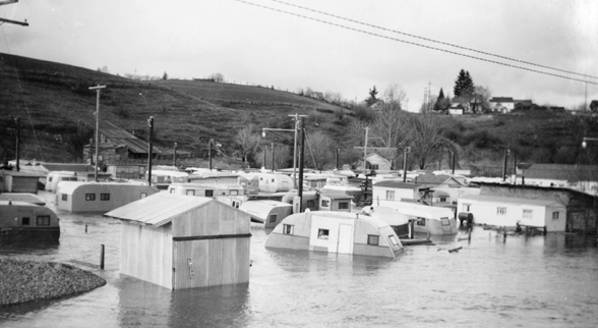Personal tools
Help
Tools
Class Notes
- Do you have news for fellow WSU alumni and other readers of Washington State Magazine? Send us your class note.
Our Story
written by alumni, faculty and friends.
NOTE: THIS IS A LEGACY SITE AND IS NOT REGULARLY MAINTAINED
Views
Difference between revisions of "User:MarkOEnglish"
From Our Story
MarkOEnglish (talk | contribs) (New page: [http://www.wsulibs.wsu.edu/holland/masc/mascpersonnel/mark/mark.htm Mark O'English] is WSU's University Archivist. At the moment, I'm going to play with creating content on this page wi...) |
MarkOEnglish (talk | contribs) (just preliminarily playing) |
||
| Line 1: | Line 1: | ||
[http://www.wsulibs.wsu.edu/holland/masc/mascpersonnel/mark/mark.htm Mark O'English] is WSU's University Archivist. | [http://www.wsulibs.wsu.edu/holland/masc/mascpersonnel/mark/mark.htm Mark O'English] is WSU's University Archivist. | ||
| − | At the moment, I'm going to play with creating content on this page with the idea that it will eventually be moved to a live page. | + | At the moment, I'm going to play with creating content on this page with the idea that it will eventually be moved to a live page. |
| + | |||
| + | Noting so far... image controls not working - no captions; no ability to change size (well, its there in rich editor, but doesn't seem to work). | ||
<br> | <br> | ||
Revision as of 20:44, January 28, 2009
Mark O'English is WSU's University Archivist.
At the moment, I'm going to play with creating content on this page with the idea that it will eventually be moved to a live page.
Noting so far... image controls not working - no captions; no ability to change size (well, its there in rich editor, but doesn't seem to work).
Floods of 1948
In 1947, a trailer camp of over 100 trailers existed down on the banks of Paradise Creek, housing over 300 married students (many World War II veterans), spouses, and children. On January 7th and February 21st that year, the Creek's waters rose up and threatened the camp in successively higher floods, but in each case the trailer camp and its occupants were spared when 500 students and townspeople gathered to build sandbag (actually bags of split peas from the Klemgard Pea Processing Plant) dikes which saved the camp.
On Wednesday February 25th, 1948, the river rose again, and again the students and townspeople met it with sandbags. About 5:00 AM on the morning of the 26th, however, the dikes broke in two places, instantly inundating the camp, and trapping the occupants. According to the Evergreen of the following day, "a human chain was formed across a narrow crossing (waist deep) and the victims passed along and out to safety." Many of the residents were incapable of fighting the current, and had to be carried out on the shoulders of volunteers.
Loyd Bury, owner of the trailer camp area, reflected "it is a miracle no lives were lost. If it had not been that we had a group of war trained veterans, there must surely have been a loss of life."
WSU's Manuscripts, Archives, and Special Collections' digital collections contain many more photographs from the 1948 floods.
Our Story site map
Our Story main page | Our Story categories | Help Desk
Contact | Give | Advertise
Washington State Magazine | Washington State University | Class Notes
Our Story is coordinated by
In partnership with
Our Story and Washington State Magazine are publications of Washington State University. All rights reserved.
P.O. Box 641227, Washington State University, Pullman, WA 99164-1227 USA | wsm@wsu.edu, 509-335-2388
Accessibility | Copyright | Policies

